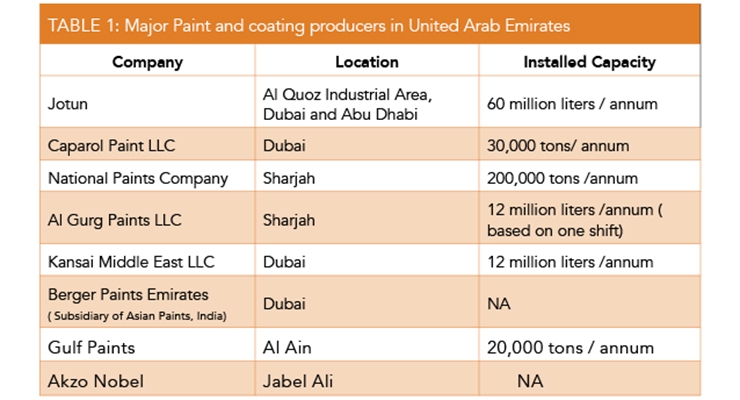Vital Seasonal Aspects Of Commercial Exterior Paint: What You Should Recognize
Vital Seasonal Aspects Of Commercial Exterior Paint: What You Should Recognize
Blog Article
Writer-Doherty Celik
When you're planning a commercial outside painting project, seasonal variables can make or break your results. You'll wish to consider just how temperature and moisture impact paint application and drying out times. Selecting the appropriate period can guarantee your paint sticks appropriately and lasts longer. However which periods are really the most effective for this kind of work? Let's check out the key elements that can affect your project's success.
The Impact of Temperature on Paint Application
When you're planning a commercial external painting project, the temperature level can dramatically impact how well the paint adheres and dries.
Preferably, you intend to paint when temperatures range in between 50 ° F and 85 ° F. If it's too cool, the paint may not cure properly, causing issues like peeling or cracking.
On the other side, if it's also warm, the paint can dry out also quickly, stopping correct bond and resulting in an irregular finish.
You need to likewise take into consideration the moment of day; early morning or late afternoon provides cooler temperatures, which can be extra beneficial.
Constantly inspect painting business for the specific paint you're using, as they typically supply advice on the ideal temperature level array for optimal outcomes.
Humidity and Its Effect on Drying Times
Temperature level isn't the only ecological element that affects your industrial outside paint task; moisture plays a significant role also. High moisture degrees can reduce drying out times significantly, affecting the general top quality of your paint task.
When the air is saturated with wetness, the paint takes longer to cure, which can lead to issues like bad adhesion and a higher danger of mildew development. If you're repainting on a specifically moist day, be gotten ready for extended wait times between coats.
It's vital to keep an eye on local climate condition and strategy appropriately. Preferably, go for moisture degrees in between 40% and 70% for optimum drying.
Keeping these consider mind ensures your project stays on track and delivers a long-term coating.
Best Seasons for Commercial Exterior Painting Projects
What's the best season for your commercial outside paint jobs?
Springtime and early loss are commonly your best bets. During these periods, temperatures are mild, and humidity levels are often lower, producing perfect problems for paint application and drying.
Stay clear of summertime's intense heat, which can cause paint to dry as well swiftly, causing poor attachment and finish. Similarly, winter's cold temperatures can impede correct drying and curing, taking the chance of the longevity of your paint job.
Go for days with temperature levels in between 50 ° F and 85 ° F for ideal results. Remember to inspect the regional weather prediction for rain, as damp problems can ruin your task.
Planning around these factors ensures your painting task runs efficiently and lasts longer.
Conclusion
Finally, preparing your commercial external painting projects around seasonal factors to consider can make a substantial distinction in the result. By organizing job throughout the suitable temperature levels and humidity levels, you'll make certain much better bond and drying times. Remember to watch on regional weather forecasts and select the correct time of year-- spring and very early loss are your best bets. Taking these steps will certainly assist you accomplish a resilient and professional surface that lasts.
